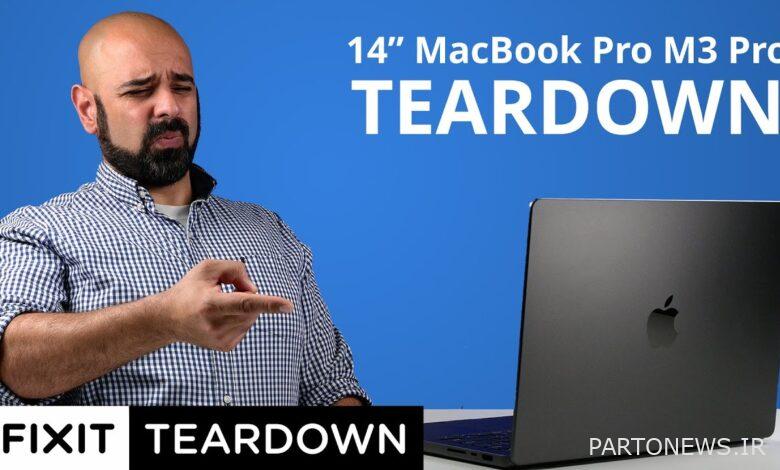iFixit reveals some interesting details about the MacBook Pro M3 Pro

Apple’s entry-level MacBook Pro powered by the M3 chip has a new look, and Apple has discontinued the 13-inch model. It is similar to Apple’s 14-inch MacBook Pro with the base M3 configuration. The iFixit collection provides interesting details about the internal specifications and how this device differs from the The high-end version of the 14-inch MacBook Pro equipped with the M3 Pro chip it shows. The publication also explained how Apple said goodbye to Space Black.
iFixit’s latest release considers two MacBook Pro variants: the base M3 and the M3 Pro. The MacBook Pro M3 is similar to the MacBook Pro M2 and features a dual-fan design. However, the M3 and M3 Pro variants are very different when analyzed and the difference can be seen in the X-ray images.
The MacBook Pro equipped with the M3 Pro is equipped with two fans to keep the device cool for a long time. However, the MacBook Pro M3 has a fan similar to the discontinued 13-inch MacBook Pro. Additionally, since the M3 chip is relatively slower than the M3 Pro, it also has a shorter heatsink. Since there is a fan in this device, Apple has extended the board to keep the ergonomics intact.
While the rest of the changes are similar, iFixit’s M3 version of the MacBook Pro lacks a Thunderbolt port. The device can be quickly detached via the usual pull tabs for the battery, screws and ZIF connectors. The HDMI port and SD card reader are impossible to remove, while most parts can be easily replaced.
One of the notable changes that Apple made is the integration of dual flash storage modules. Apple received a lot of backlash after introducing a single flash storage module on the base MacBook Air M2 with 256GB of storage. However, the base MacBook Pro M3 starts at 512GB, and the company has used two 256GB flash storage modules. This speeds up reading and writing, and provides faster performance if you’re not familiar.
iFixit explained that users cannot modify the MacBook Pro’s display because it requires calibrated tools that only Apple has. You can also check out Touch ID on an M3-powered MacBook Pro from iFixit. Taking into account Apple’s self-service repair program, iFixit gives the MacBook Pro with the M3 chip a repairability score of four out of ten.
Points: 5.0 out of 5 (1 vote)
wait a little…

